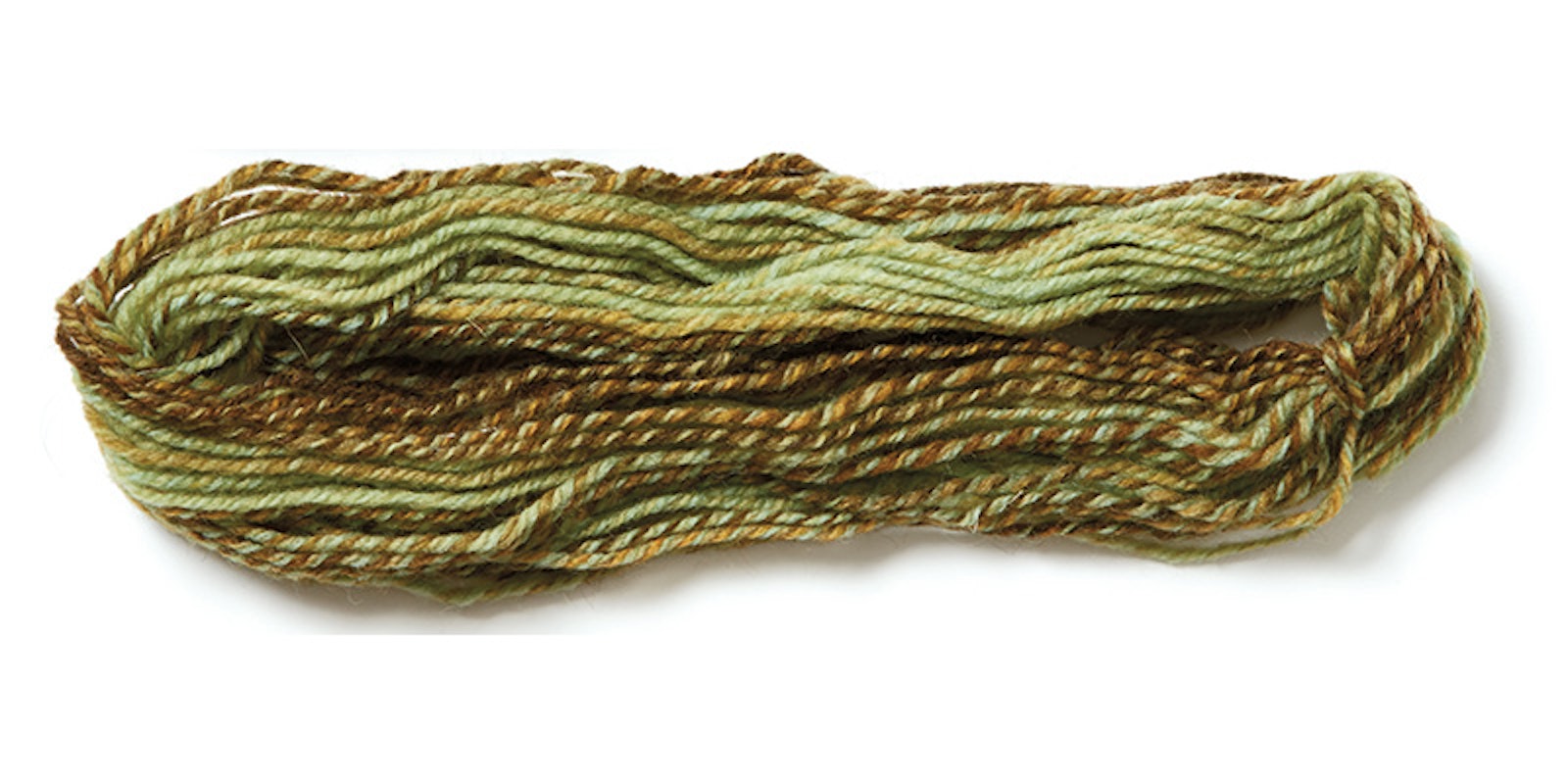I spent weeks in July putting together the coolest spinning kit I’ve ever seen . . . and I can’t have one. We only have 50 and you get first dibs. (And I really wanted one, too.) When Judith MacKenzie was here taping Spinning Primitive Breeds: How to Spin Icelandic, Jacob, Shetland, and Other Ancient Wools, she brought several lovely fleeces with her. She pointed out the beautiful traits of the dark caramel Shetland and the spotted Jacob fleeces. I wanted those fleeces, and we thought you might want them, too. So we contacted the farms that provided the fleeces for the video and convinced them to choose generous samples of the best ones and offer them to spinners. Each kit contains a full pound of carefully sheared, washed, and packaged wool, all ready for you to process and spin as you like--plus Judith’s DVD to show you all the ways to transform it into the yarn of your dreams and Deb Robson's Field Guide to Fleece to educate you about all types of fleece goodness. Eight ounces of Shetland, eight ounces of Jacob, a special video, an extremely handy book, and weeks of spinning joy. And this isn’t just any fleece. Judith herself supervised the washing and packaging of the Shetland fleeces from Rainey Creek Fiber and some of their handpicked neighbors (and Judith’s private stash!), and the same breeder who provided the Jacob fleece for the video, Drumcliffe Farm, did the same for that wool. The Jacob breeder even sorted the fleeces before washing so that everyone would get samples of more than one color.
(Do you see why I really, really want one? And it’s washed! So you can spin it whenever you like and it won’t lose grease weight!) I believe Judith when she says that primitive-breed wools are wonderful. They’re a link to our past that is still useful today. They’re smart (and cute) sheep. They grow amazing types of wool, from as soft as you can imagine to as strong as you can imagine. And yet I’ve never worked with any outside a class. When it comes time to buy a fleece--and really, when is it not time to buy a fleece?--I’ve always stuck with improved breeds because I know what to look for. How can you tell a great primitive-breed fleece from a just-okay (or not so great) one? In Spinning Primitive Breeds, Judith explains the qualities, but faced with the table of Jacobs, Shetlands, Icelandics, and other ancient wool fleeces at the fiber festival, I flinched. I wasn’t positive that I’d choose the best one. Well, if only I could get my hands on one of these kits I wouldn’t have to guess. I could try it out and see what a good Shetland and Icelandic felt like--spun like--so that next time I’d be more confident.
|






